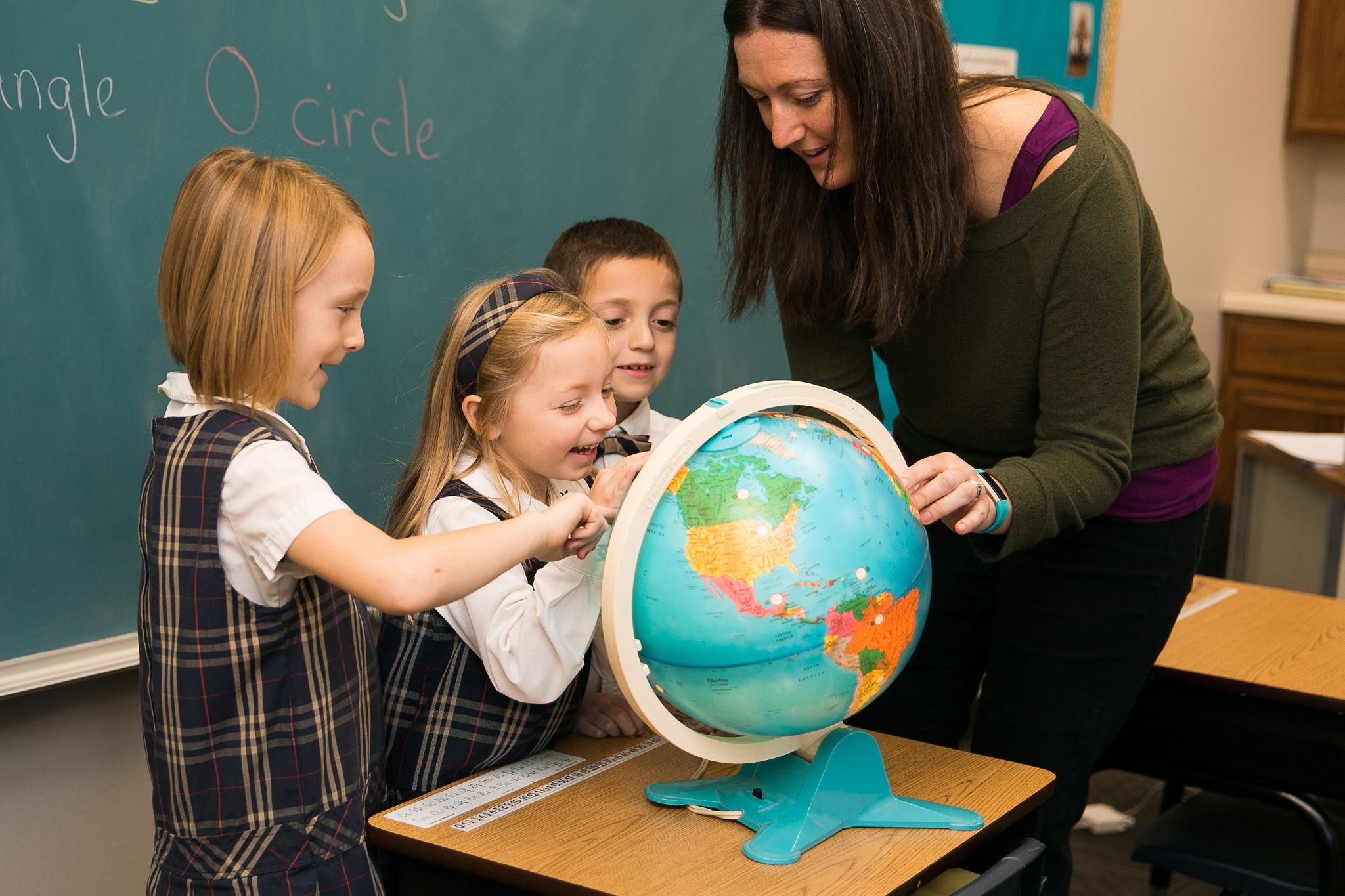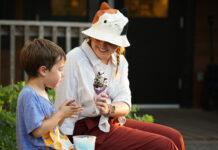This article by Nicole Boyle is sponsored by Christ the Savior Academy.
 Even when our oldest children were still in diapers, the question of how to do school kept jumping into our evening conversations. As our family kept growing (we now have five children ages 13, 12, 11, 9, 8), neither of us really saw homeschooling as an option, and we were a bit concerned about the size and culture of the public schools.
Even when our oldest children were still in diapers, the question of how to do school kept jumping into our evening conversations. As our family kept growing (we now have five children ages 13, 12, 11, 9, 8), neither of us really saw homeschooling as an option, and we were a bit concerned about the size and culture of the public schools.
The more we read and the more we talked, it became clear that there’s something more to how we educate our kids. This more we found in what’s sometimes called classical education, or the liberal arts. We sought out this classical style of education and found a great home at Christ the Savior Academy, where I’ve now taught for the past six years. We’ve found three surprising joys along the way.
The seemingly impractical is, actually, quite useful.
Perhaps the most striking surprise was the place of Latin in elementary school. What we thought was a “dead” academic language has not only helped our children to read and write better in English, sky-rocketed their vocabulary and helped them think more clearly, but also has given them great delight in accomplishing something hard. They love finding Latin all over the place, seeing it far from “dead”, but alive and well even on cereal boxes and street signs.
Another seemingly impractical task—memorizing portions of poems and stories—has been a constant and useful joy to them. These beautiful words become part of who they are. For example, in astronomy class we were just learning about equinoxes. Only the week before, one of our vocab words in Latin was nox, noctis – “night.” On their own, they were able to figure out that equinox means “equal night”!
As I explained that there was more daylight for us in the summer months than winter, one student raised his hand and launched into a poem they learned by heart in Kindergarten, “In winter I get up at night…” The rest of the class, with smiles of recognition on their faces, joined in: “and dress by yellow-candlelight. In summer, quite the other way, I have to go to bed by day…”
Three years prior this class memorized Bed in Summer by Robert Louis Stevenson. What a joy for the students to make these connections!
How to think and what to do, as opposed to what to think and how to do it. Freedom to educate the person, rather than the subject.
The next surprise came in seeing their joy at being taught how to think. As a teacher, we often get caught up in the pressure to get through all the material. But the classical mindset recognizes that it’s not subjects that we teach, but children. We sometimes talk about trying to cram all this information into their little heads. But when the child is the focus, then it’s not so much what to think, but how. Teaching them how to think will give them the tools to pick up any subject and fill in whatever is missing.
On the other hand, by focusing on the child, we do want to teach them what to do, not merely how to do it. We want our children to be moral and loving, and lead virtuous lives. This means teaching them right and wrong, good and bad, true and false. It also means that we teach them habits of thinking and doing whatever is true, good, and beautiful. To our surprise, our children have found great freedom in this distinction.
Discipline by taking books away—or, life shaped by stories.
Our school’s curriculum is based on good books. We enhance our history, science, geography, and more by piecing together great stories. The books we read make for great conversation and lead to family adventures with the characters. More than anything else, these stories have taught my kids to love reading….to the extent that in our house the worst threat you can make is the loss of whatever treasured book they’re reading! This love, of course, doesn’t come over night, but by framing their worldview through great books already from the time they’re held in your arms.
I used to take great care in choosing the books we’d check out from the library, making sure that what they read extols truth, goodness, and beauty. Now our kids look for these on their own. They’ve even brought books to us that they checked out from the Young Adult section saying, “Mom, I don’t think this is appropriate.” Our daughters love reading great works (Plato, C.S. Lewis, Herodotus) and will often bring me the book saying, “Mom, you will LOVE this book!” And they are right!
We’ve been tremendously blessed with this classical education for our children from the get-go. We can’t speak highly enough of Christ the Savior Academy. We’re thankful for a beautiful continuity of a great curriculum and passionate teachers. Wichita is such a blessedly unique place, where the pursuit of truth, goodness, and beauty is readily and abundantly available!
Nicole Boyle is the mother of five, 3rd grade teacher at Christ the Savior Academy, and wife of the Rev. Dr. Geoffrey Boyle, Pastor of Grace Lutheran and Trinity Lutheran Churches.
Christ the Savior Academy, located near 13th and Rock Road in Wichita, is a classical, Christian School, with classes from Junior Kindergarten (age 4) to 5th grade. The curriculum combines the wisdom of the Church and the best of secular culture to teach students to read, write, and think well. It is a time-tested model used by Oxford, Eton and Cambridge to produce leaders for centuries.

















Beautiful Article Nikki